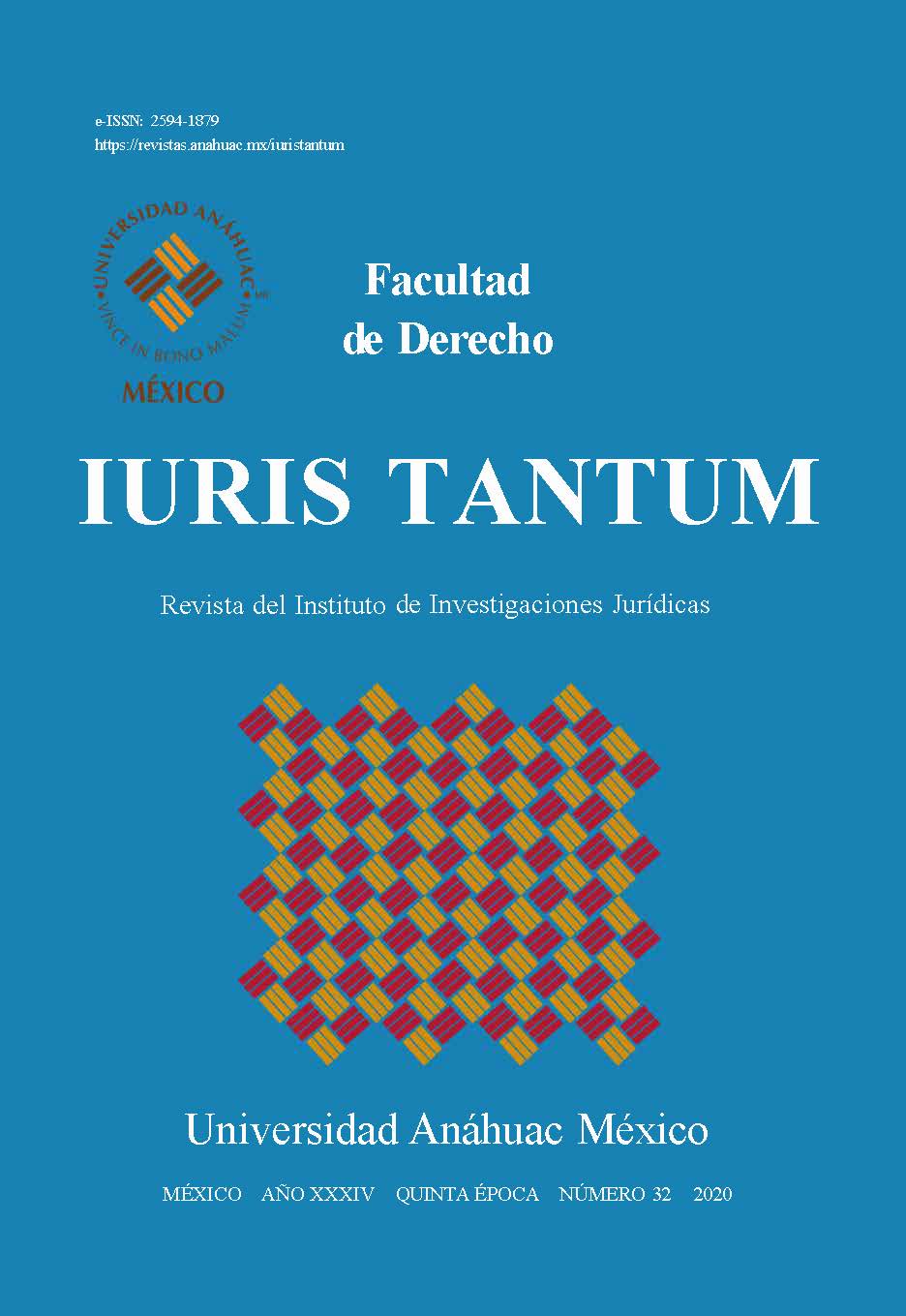CRISIS MANAGEMENT
Main Article Content
Abstract
In order to properly manage crises, it is first necessary to understand what they are and what their main characteristics are. There is a large body of literature on this and it is not possible to assign a single definition to the term. If the theory of the crisis is analyzed, the most feasible is to find four currents of thought.
The first refers to the crisis only as a threat, the second defines the concept as a period of interruption, the third combines the views of threat and interruption, and the fourth presents both sides of a crisis. The negative is associated with thedanger posed by this type of phenomenon and the positive with the new opportunities for change that they promote.
Downloads
PLUMX Metrics
Article Details
Iuris Tantum is distributed under international Creative Commons Attribution-NonCommercial-ShareAlike 4.0 International License.
The author keeps the property rights with no restriction whatsoever and guarantees the magazine the right to be the first publication of the work. The author is free to deposit the published version in any other medium, such as an institutional archive or on his own website.
References
Ébola (EVD) 2014, 20 de junio de 2016. Consulta en: http://www.microbiologiaysalud.
org/noticias/brote-de-enfermedad-por-el-virus-ebola-evd-2014
BAUBION, C., “OECD Risk Management: Strategic Crisis Management”, OECD
Working Papers on Public Governance, no. 23, OECD Publishing, 2013.
BOUDREAUX, B., Exploring a multi-stage model of crisis management: utilities,
hurricanes, and contingency (tesis de maestría), University of Florida, Gainesville,
Florida, 2005.
CHAN, T.J., & MOHD HASAN, N.A., “Apple versus Samsung Patent Lawsuit:
An Issue and Crisis Management Approach”, en International Journal of Law,
Government and Communication, vol. 2, no. 5, septiembre de 2017, pp.1-12.
COOMBS, W., “A Need for More Crisis Management Knowledge”, en Coombs,
W., Ongoing Crisis Communication, Texas, SAGE Publications, 2015, pp.
17-33.
GAO, J., Human resource and reputational crises in Chinese organizations (tesis
doctoral). Estonian Business School, Tallinn, Estonia, 2010.
Institute for Public Relations, “Crisis Management and Communications”, en IPR
website, 30 de octubre de 2007. Consulta en: https://instituteforpr.org/crisismanagement-
and-communications/
JAQUES, T., “Issue management and crisis management: An integrated, non-linear,
relational construct” en Public Relations Review, vol. 33, no. 2, junio de
2007, pp.147-157.
KOUSHAFARD, Shirin, ”Strategy in Crisis Management”, Munich Personal
RePEc Archive, paper no. 64734, junio de 2015.
PERGEL, R. y Psychogios, A., “Making Sense of Crisis: Cognitive Barriers of
Learning in Critical Situations”, en Management Dynamics in the Knowledge
Economy, vol. 1, no. 2, 2013, pp. 179-205.
VENETTE, S. J., Risk communication in a High Reliability Organization: APHIS
PPQ’s inclusion of risk in decision making. Ann Arbor, MI, UMI Proquest
Information and Learning, 2003.
ZAMOUM, K. y SERRA GORPE, T., “Crisis Management: A Historical and
Conceptual Approach for a Better Understanding of Today’s Crises”, en Holla,
Katarina, Ristvej, Jozef, Titko, Michal, Crisis Management - Theory
and Practice, Londres, Intechopen, 2018, pp. 203-217.

